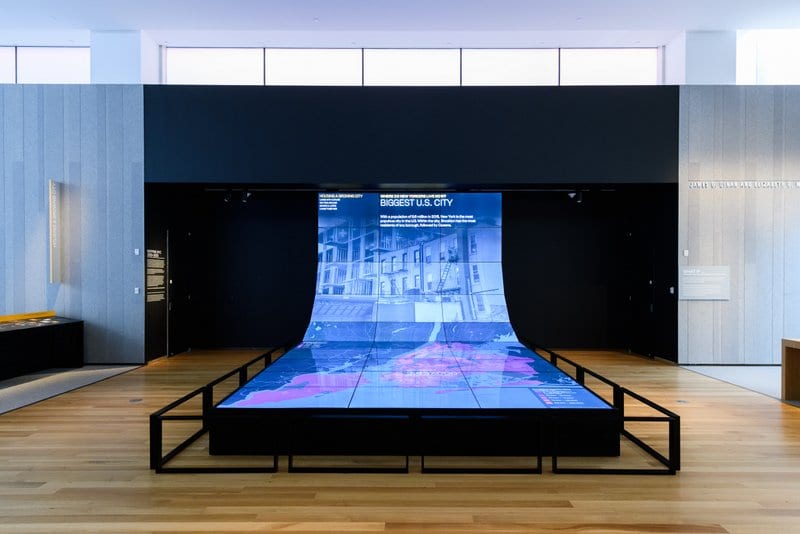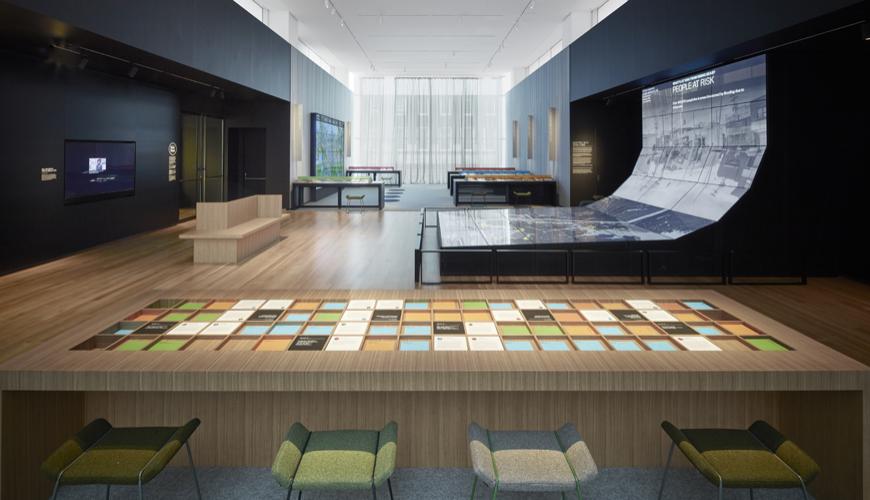Response to the Future City Lab at Museum of the City of New York
I think the most successful part of the Future City Lab is the interactive display program which you can operate directly on the digital screens at the tables. Visitors can not only construct their own homes and re-design the city streets, but also receive feedback from NPCs that whether a design choice is good or not. This is meaningful because ordinary people without professional knowledge about city management hardly have a global view, so that they are unaware of changes on the big picture caused by small revisions on details. The built-in design system is programmed in an advanced way that shows the consequent effects of a single move.
Among the five critical questions that the Future City Lab addresses, I’m most concerned about getting around. Subway is definitely a severely wicked system in New York, yet the ground traffic can’t be any better. City streets are too narrow for a metropolis like New York, compared to other big cities in the world. Restricted by geographic factors, city planners are unable to broaden the streets. I think they should design a more effective traffic system, based on data from departments that supervise cameras and traffic lights.
I also looked into another living problem: housing. Since New York is becoming more and more like an immigrant city, the number of households for sell and apartments for rent is only rising. I moved from Manhattan to Long Island City this semester because of the daunting high cost of a small apartment near school. But the problem is, most places in Manhattan has been fully utilized, so it’s almost impossible to develop new neighborhoods. The only solution is to improve current neighborhoods by clearing empty spaces and organizing available sources. Of course if the rent could come down a little bit, changes would be significant, but it’s hard to realize for now.

